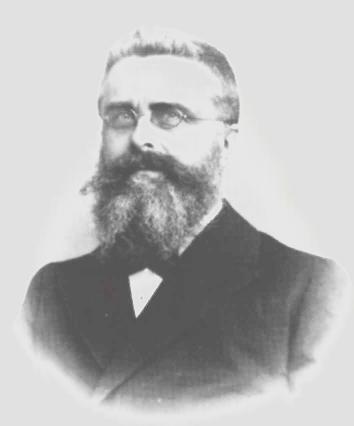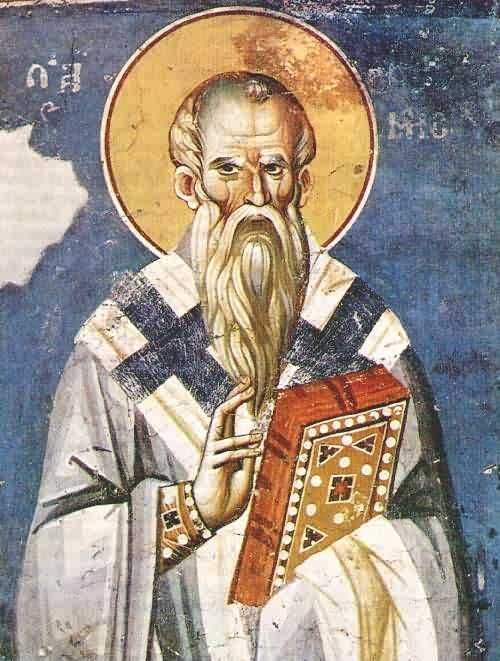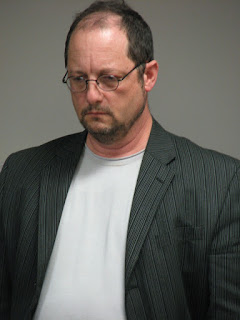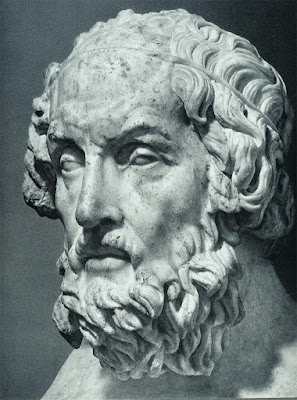JESUS NOT ONLY DIDN'T EXIST, HE WAS ALSO A LYING BASTARD! THE SECOND-CENTURY WRITER CELSUS AS SEEN THROUGH THE EYES OF ROBERT M. PRICE

When looking at the arguments of Robert M. Price, I am almost always left feeling that he is rubbing the evidential fur the wrong way. In a debate with Bart Ehrman, Robert M. Price begins his opening salvo (36 minutes) by attempting to refute the following statement from page 96 of Bart Ehman’s 2012 book, Did Jesus Exist : “The idea that Jesus did not exist is a modern notion. It has no ancient precedents.” Price's quotations included one from the second-century, anti-Christian philosopher Celsus that he puts forward as denying Jesus existence: “It is clear to me that the writings of the Christians are a lie, and that your fables have not been well enough constructed to conceal this monstrous fiction.”* But Price's quotation doesn't do justice to Celsus' position, or if it does then we must argue that Celsus not only denied that Jesus existed, but that also he held that this non-existent Jesus added insult to injury by lying about having been born of a v












